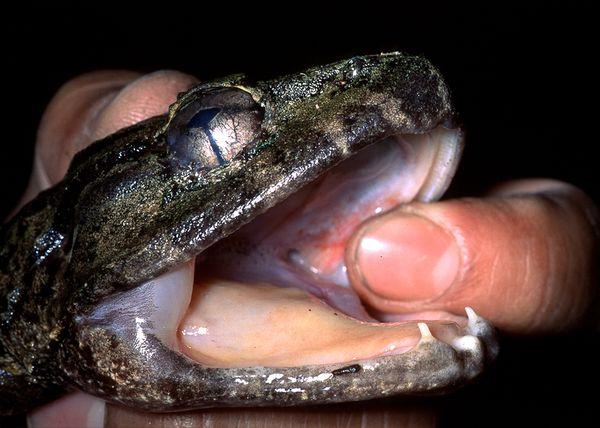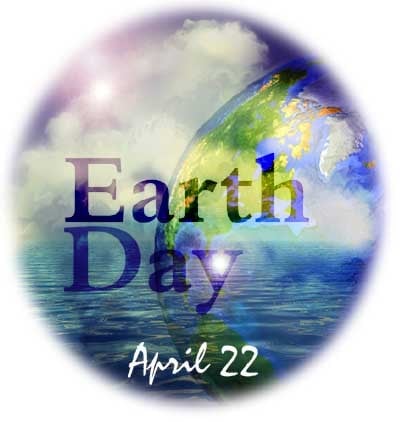By: Daniela Silva
For this earth day, here at Beyond the Facade we whipped up for you our top 10 great tips to help you give a little more back to earth and give yourself a great reason to feel good too. Whether it be new habits you want to incorporate into your weekly to-do’s or to just simply join in once and awhile on the fun of giving the earth some lovin’. This is definitely the list for you!
1. Recycle Plastic Bags - One trillion plastic bags are used annually and contribute to the waste found in our landfills and our oceans. 46,000 pieces of plastic per every square mile floats aimlessly in our oceans and even worse it takes 1,000 years for one plastic bag to degrade. This means marine life not limited to sea turtles can potentially eat and choke on these pieces and die. To help, instead of throwing away your bags recycle or keep your plastic bags around for your next grocery trip, or a aid to help carry things from here to there. Spend a little extra and invest in some colourful and durable reusable bags you see being offered in most grocery and convenience stores they last longer and they look much better.
2. Make your own Household Cleaners- Yes you read correct and no it is not that hard! There is a dangerous amount of chemicals in your household cleaners and there's a lot of that on your hands and feet as you read this right now; If you have young children you understand why it is important why these chemicals do not get onto their hands and into their mouths.
A simple yet powerful disinfectant can be made with three simple ingredients:
white vinegar,
tea tree oil,
distilled water.
If you want to add a punch to your disinfectant you can always add a little bit of dish soap, but with this and a squeeze bottle you're golden to clean whatever surface you so choose to tackle.
3. Plant Herbs - Indoors or outdoors planting herbs are an excellent way of knowing where your food comes from, and is a organic production of flavour you can add to your meals any day. Your home will become more lively with the new flora and your children can decorate the plant pots in which you plant the seeds. A family get-together its a win-win!
4. Make a Cheap Compost bin- Don't throw out your scraps, compost them! Organic materials can be thrown into your compost bin, egg shells, ground coffee, nut shells, fruit cores and more can be used to make a rich dark compost perfect for your lawn to boost and give extra nutrients. All you need is a trash can with a locking lid, a stand to keep it from weighing down on your grass, a drill to make 25 - 30 holes to spread and let the compost release moisture.
Remember to mix the compost and allow the mixture to sit for 30 days minimum to allow for weed seeds to die from the internal heat of the compost, you do not want any surprises to bloom in your garden!
5. Upcycle - Upcycling is new, its cool and trendy. You can upcycle just about anything from furniture to décor, clothing to art; nothing is left uncycled and there's a ton of DYI's out there to give you step by step tutorials on accomplishing what you wish to do. For this earth day, why not give it a go, or plan to dedicate some time to upcycling some old furniture that just doesn't cut it in your living room any more?
No one needs to know you've been using how-to’s and tutorials. Get creative!
6. Farmers market - By buying food locally, you are supporting the local farmers that need it the most and gives them a fighting chance at surviving the globalization economy. The food is seasonal and is ripened naturally without chemicals or gassing; also processed with a minimal amount of processing.
The humane treatment of animals is also a plus side for most animals from small scale farmers are spared from feed lots and cramped cages and given hormone free foods and left to graze grasses the way they were meant to. Meats, poultry and eggs all are great to be bought in farmers markets. So not only are you diving into the centre of fresh and healthy produce but into a kaleidoscope of untapped wellness as well.
7. Phantom energy - It is as scary as it sounds, phantom energy is when electricity is being sucked up by appliances even when they are turned off or in standby mode. Usually responsible for approximately 10% of your annual household electricity bill this is not only an energy sucker but a money sucker as well.
Electricity costs are expected to rise by 50% in the upcoming year, and you can combat this simply by unplugging your big gadgets such as your TV’s and gaming systems when they are not in use and small household appliances.
8. Water Usage - Now, if anyone told me to cut back on my shower, I wouldn't give them the time of day. Considering the fact that on average showers and baths are the main culprit of water usage in the home amounting for 35% of household water usage, following toilet use and laundry.
To help reduce the amount of water being used you can install a low-flow shower head, use less water in your baths and install aerators in your taps. When shopping for a new home, look at eco option toilets, or you will almost literally be flushing money down the toilet with all the water you will be wasting.
With laundry, front loading washers use less water and use the movement to agitate the clothing to remove dirt and grime, for top loading uses a agitator and more water to slosh things around, use a drying rack to save on electricity.
9. Recycle (Duh!) - One of the easiest things you can do to help is to recycle! By recycling one ton of paper you can save up to 17 trees, and although it may seem like a lot a recycling facility goes through 300 tons of paper each week this equals to 5100 trees.
With an effort in recycling, a little opportunity and some awareness you can contribute your recycling program in your community and make a difference.
10. Share some love - Environmentally friendly acts don’t just come out of the blue, they always start somewhere and they start with you! Share this list with friends and incorporate it with your children. Being green should be something that we do without thinking twice about it. Be smart, be green be a earth lovin’ machine! Have a very happy Earth day!























